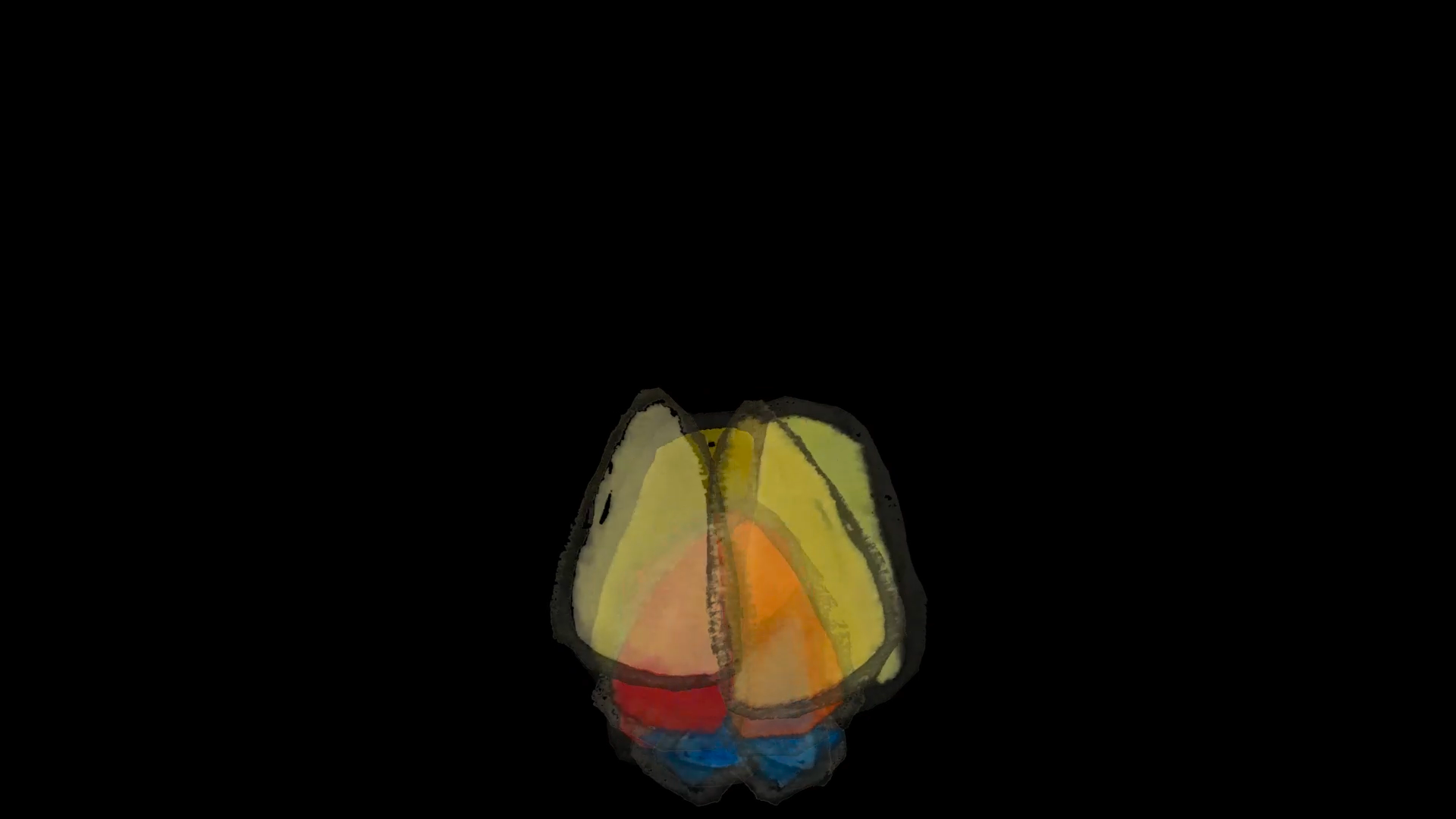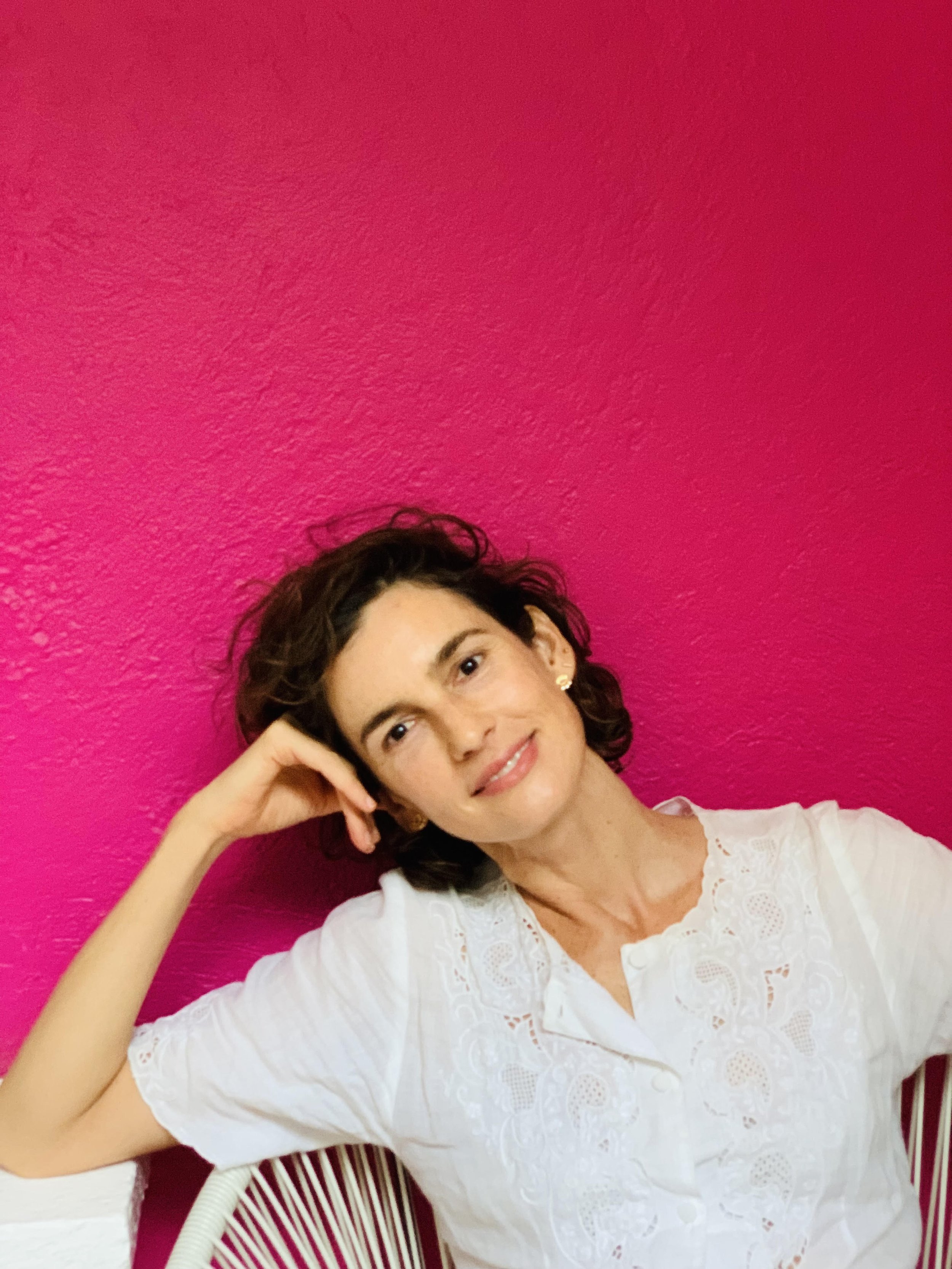Lillian Davies
Quintilla for Women Holding Things (Harper, 2022)
What is it to hold, Maira asks.
Warm palm, five long fingers, a wish?
And too: crumpled lists, paper scraps
“Both hands!” she calls, a pors’lain dish
Scissors, felt, yarn-tied school play masks
Sijo for Maira Kalman, who might also hear The Wild Irises, the voice of Louise Glück
Recrafting homage to life, you ask, wonder: What is death?
Let her dream, swim through the sky, cousin Iris — it’s her, noble:
Podium, microphone, screen: “Oblivion / … find a voice.”
American (cinquain) for the spread that doesn’t look like my Grandmother Genevieve but reaches for her in text
Your words
Paint her for me
Stray cat’s bowl full of milk
Spills white cross black asphalt screen door
And glows
Walking backwards upstairs with a mirror under your nose (cinquain)
Marg’ret
She’d say, stepping one down from three
On Daddy’s oak stairway
Lined in portraits’
Black eyes
Gold paper Gateau de Roi Crown (cinquain) for Maira, my friends & my son
Thank you
Jessica, G
Nina, Christine
Johanna, Joana & Jo
Marie
Tote bags
Library books
Hard backs cellophane wrapped
Crisscross story time carpet floor
Wednesday
Les couches
La maternelle
La belle-mère, la maitresse,
Le doudou et la rituelle
Green Eggs
Sudden
Like Winter, Spring
Those longest days we’ve done
In cursive blue Frixion he writes
“Thank you”
(And “that means merci”)
____
Statement of Homage
Like most things that are important to me now, Maira Kalman’s work came into my life with my children’s. An illustrated hardback in a jacket with flaps, a gift. We read at bedtime, nested together those precious minutes, lights dimmed. My son follows the serif print with his fingers or points to Kalman’s colorful, playful, expressive illustrations. Kalman writes her stories in the voice of a mother, in the voice of Alice Toklas, or of her ancestors, exasperated, heartbroken, in love. For her film work and publishing, Kalman often collaborates with her son. Her work, text and image always hand in hand, is very much about the seeing: the boy, and his mother, learning how to be with the others, at school, at the playground, in the world. Kalman’s work, really, is about paying attention. What is it we look towards, and why?
We are at the American Library to check out another shoulder dropping tote bag of comic books and I see Kalman’s Women Holding Things. “What do women hold?” she asks. “The home and the family. And the children and the food. The friendships. The work. The work of the world. And the work of being human.” In an event co-sponsored by the American Library, Kalman will speak on the last day of April, this Spring, at the Maison de la Poésie. What a joy it will be to hear a voice I’ve only known on the page and online.
Maira Kalman is important to me because she makes poetry for my children (and also for me). I am inspired by the simplicity of her approach, her careful work of listening, to her mother, her son, and the ghosts. She’s read it too, I imagine, shivered with the possibility of Louise Glück’s Wild Irises speaking: “It is terrible to survive as consciousness buried under dark earth.”
Kalman’s written work often takes the form of short, playful phrases. Page layout, often designed in collaboration with her son, incorporates the quiet calm of the blank page. A picture of all the things unsaid. “In my family we never had an actual conversation where ideas were exchanged and knowledge imparted //Things were blurted, /mumbled, /whispered, /shouted,” Kalman writes deep inside Women Holding Things. Like the broad, colorful brushstrokes of her paintings, it’s a simple accessibility that defines her poetry. Hers is a conversational, almost whispered language. Like something you’d hear on the park bench, while watching your children play. She touches the dark parts too, tiptoes into the shadows, if only to spring back into the light. Her materials are prismatic color and a brilliant sense of humor. I am inspired by her way of working: fearlessly telling the story of where she is from and working with the people she loves.
In the last pages of Women Holding Things, Kalman writes: “And a vase can hold flowers. ///Objects around us hold our attention and our love. //It is hard work /to hold everything /and it never ends.”
Maira Kalman
Maira Kalman is quite famous. Her clever cover for The New Yorker from that December after 9/11 was inspired by a drawing her mother once made. A drawing Maira begins all of her talks with, she says. “New Yorkistan.” (I’d always associated that cover with Roz Chast, my apologies here to the rightful author.) Born in Tel Aviv, Kalman grew up in New York and works today in Manhattan. Very often in collaboration with her son. She smiles in the photo next to her biography on her website: more than 30 books “for adults and children,” textiles, watch designs and TED talks too. Her studio looks tidy and bright and filled with joy. A useful method for dealing with catastrophe. https://mairakalman.com
____
Lillian Davies lives and writes in Paris. In an attempt to make sense of the time she’s spent with her children at many a playground, she recently published Playgrounds (read plural) with artist Chloe Briggs and the young and independent Drawing is Free Press. https://www.lilliandavies.com

